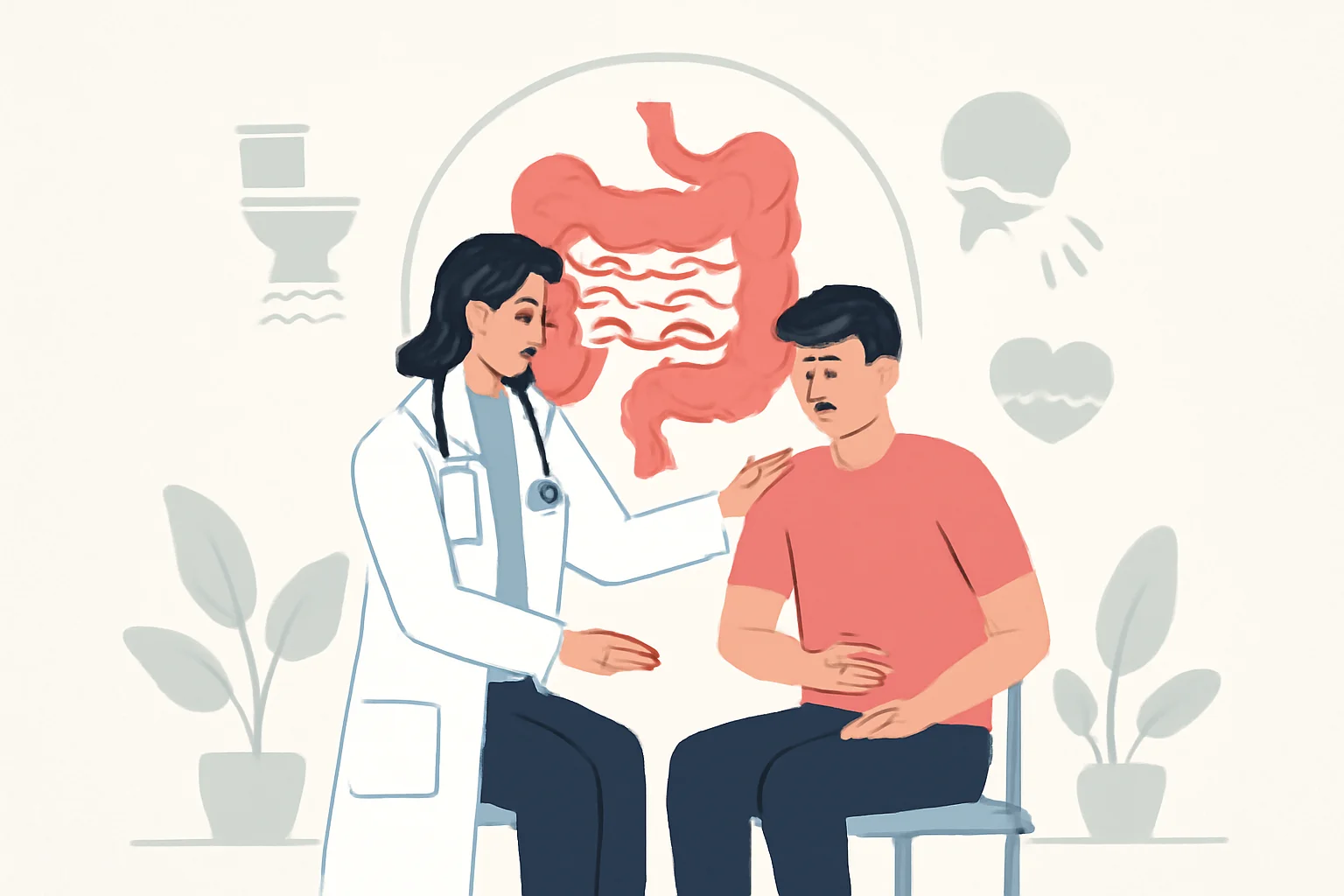
Effective Methods for Treating Asthma and Shortness of Breath
A breathing is a fundamental physiological function essential for life. The human body requires oxygen for proper functioning, and the process of breathing ensures the intake of this vital gas. However, many people suffer from various respiratory issues that make normal breathing difficult. Two common conditions that affect many people’s lives are dyspnea and asthma. Although the two terms are sometimes confused, they actually have different underlying causes and require different treatment approaches.
Dyspnea, which refers to difficulty in breathing, can arise from a variety of reasons, including physical activity, anxiety, or even environmental factors. Asthma, on the other hand, is a chronic disease characterized by inflammation and narrowing of the airways, with symptoms including shortness of breath, coughing, and wheezing. To diagnose the condition and choose the appropriate treatment, it is important to understand what causes breathing difficulties. With the right information, we can better prepare for prevention and treatment, which can improve quality of life.
Symptoms and Causes of Asthma
Asthma is a chronic respiratory disease characterized by inflammation and narrowing of the airways. This condition can affect various age groups, from children to the elderly. Symptoms of asthma include shortness of breath, wheezing, coughing, especially at night or in the early morning, and a feeling of pressure in the chest. These symptoms can vary in intensity and may worsen during physical activity, or in response to allergens or irritants such as smoke, dust, or pollen.
The causes of asthma are complex, and multiple factors can contribute to the development of the disease. Genetic predisposition, environmental factors, and immunological responses can all play a role in the onset of the condition. In allergic asthma, the body reacts hypersensitively to certain allergens, such as pollen, dust mites, or pet dander. Non-allergic asthma, however, is generally not linked to specific allergens and is most often triggered by stress, respiratory infections, or physical activity.
It is crucial for asthma to be diagnosed at an early stage, as without appropriate treatment, the condition can worsen and lead to life-threatening situations. Diagnosis typically involves a medical examination, lung function tests, and a detailed review of the patient’s medical history. Treatment usually involves the use of inhaled medications that reduce inflammation and facilitate breathing.
Causes and Treatment of Dyspnea
Dyspnea, also known as shortness of breath, is a subjective sensation that refers to difficulty in breathing. This symptom can result from a wide range of conditions and does not always indicate that the patient has asthma. The causes of dyspnea encompass a broad spectrum, including heart diseases, respiratory illnesses, anxiety, obesity, and physical activity. Respiratory diseases such as chronic obstructive pulmonary disease (COPD) or pneumonia are common causes of dyspnea.
The treatment of dyspnea also requires various approaches, depending on its underlying cause. If dyspnea is triggered by heart disease, treatment may include medications, dietary changes, and exercises aimed at improving physical condition. Breathing exercises can also help alleviate symptoms, as they improve the function of the respiratory muscles and increase lung capacity.
If anxiety is the cause of dyspnea, psychological support, relaxation techniques, or even medication may be beneficial. It is important not to ignore dyspnea, as it can indicate serious health issues. A medical examination is necessary to establish an accurate diagnosis.
The Relationship Between Asthma and Dyspnea
Although asthma and dyspnea are different conditions, there is some overlap between the two phenomena. Asthma patients often experience dyspnea, especially during exacerbations of the disease. Therefore, it is important to understand that dyspnea does not always mean that someone has asthma, but the two conditions can be interconnected.
Asthma exacerbations, or sudden worsening of the disease, often lead to dyspnea. Additionally, due to airway inflammation and narrowing, breathing becomes more difficult. Medications used in asthma treatment, such as bronchodilators and anti-inflammatory drugs, can also help alleviate dyspnea.
It is essential to distinguish dyspnea from breathing difficulties caused by asthma. While asthma is a chronic disease that requires specific treatment, dyspnea can also be triggered by other causes not related to airway inflammation. Therefore, from a medical perspective, accurate diagnosis and appropriate treatment selection are crucial.
To improve breathing, patients should seek medical advice and pay attention to their respiratory symptoms. In the management of asthma and dyspnea, prevention, medication therapy, and a healthy lifestyle play a key role.
Note: This article does not constitute medical advice. For health issues, please always consult a physician.

